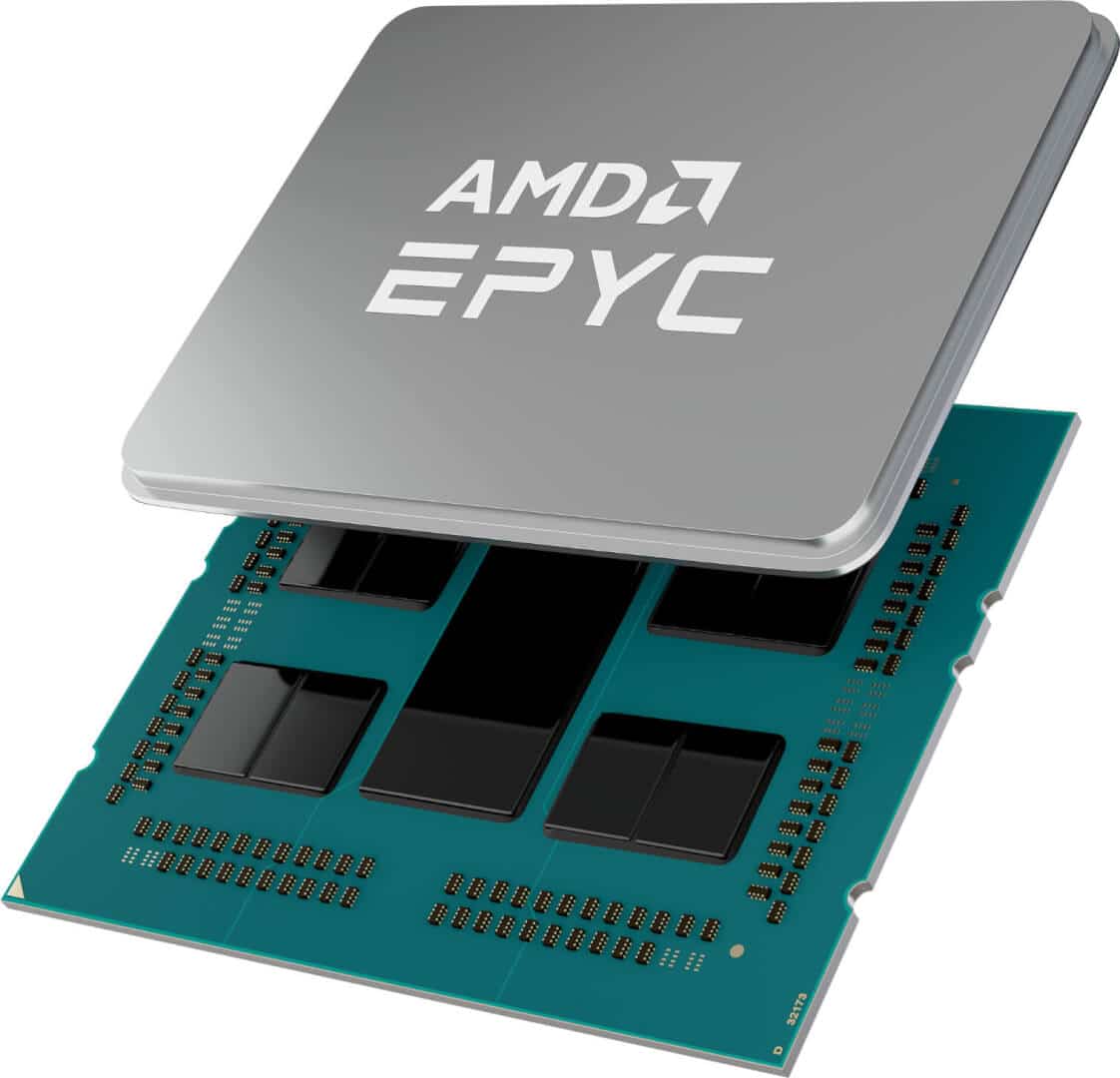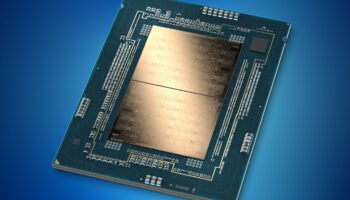Intel’s 3rd Gen Xeon Scalable processors (codenamed Ice Lake-SP), although capable of performing on par with AMD’s Epyc Milan processors, consumed several hundred watts higher per server. This was discovered by Cloudflare’s SRE team while evaluating different processors for use in their Gen11 server stacks. Emphasizing the importance of “Requests per Watt” in a blog post, the cloud provider describes how it updates its platforms every two years with both x86 and ARM designs.
We evaluated Intel’s latest generation of “Ice Lake” Xeon processors. Although Intel’s chips were able to compete with AMD in terms of raw performance, the power consumption was several hundred watts higher per server – that’s enormous. This meant that Intel’s Performance per Watt was unattractive.
For the Gen 11 servers, 48, 56, and 64 core Milan SKUs were initially picked. The newer architecture provided a decent performance boost over the incumbent SKUs, making it to the shortlist.
Requests per Watt is one of our defining characteristics when testing new hardware and we use it to identify how much more efficient a new hardware generation is than the previous generation. We continually strive to reduce our operational costs and power consumption reduction is one of the most important parts of this. It’s good for the planet and we can fit more servers into a rack, reducing our physical footprint.
Processors from AMD and Ampere made it to the generation 11 server shortlist, while Intel didn’t. Cloudflare hopes that the next generation Xeon processors will come with a better price-performance ratio. The testing began with the following AMD chips:
| AMD EPYC 7642 | AMD EPYC 7643 | AMD EPYC 7663 | AMD EPYC 7713 | |
|---|---|---|---|---|
| Status | Incumbent | Candidate | Candidate | Candidate |
| Core Count | 48 | 48 | 56 | 64 |
| Thread Count | 96 | 96 | 112 | 128 |
| Base Clock | 2.3GHz | 2.3GHz | 2.0GHz | 2.0GHz |
| Max Boost Clock | 3.3GHz | 3.6GHz | 3.5GHz | 3.675GHz |
| Total L3 Cache | 256MB | 256MB | 256MB | 256MB |
| Default TDP | 225W | 225W | 240W | 225W |
| Configurable TDP | 240W | 240W | 240W | 240W |
The processors were tested at their highest supported TDP of 240W, a marginal increase from the default value of 225W. Despite packing 33% more cores than the 764x, the 7713 offered relatively lower performance gains on account of the strict TDP limits. Regardless, in production tests, Cloudflare found that the latter was 29% faster than the 7642 at the same power and thermal limits, a rather remarkable gain.
The performance jump from generation 9 to 10 was quite enormous despite shifting from dual-socket to single-socket servers, courtesy of the higher-core Epyc Rome SKUs. The team was skeptical if similar gains would be possible with the 11th generation. However, after thorough testing of the latest chips and a review of how well the generation 10 server has performed in production for over a year, the generation 11 server built ended up as a refinement rather than a total revamp. Despite this, it’s is capable of serving approximately 29% more requests than generation 10 without an increase in power consumption.
Source: Cloudflare






